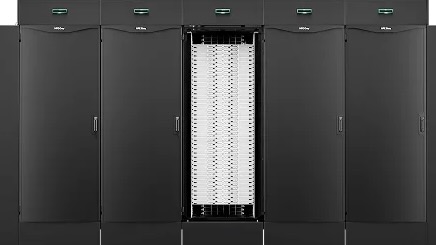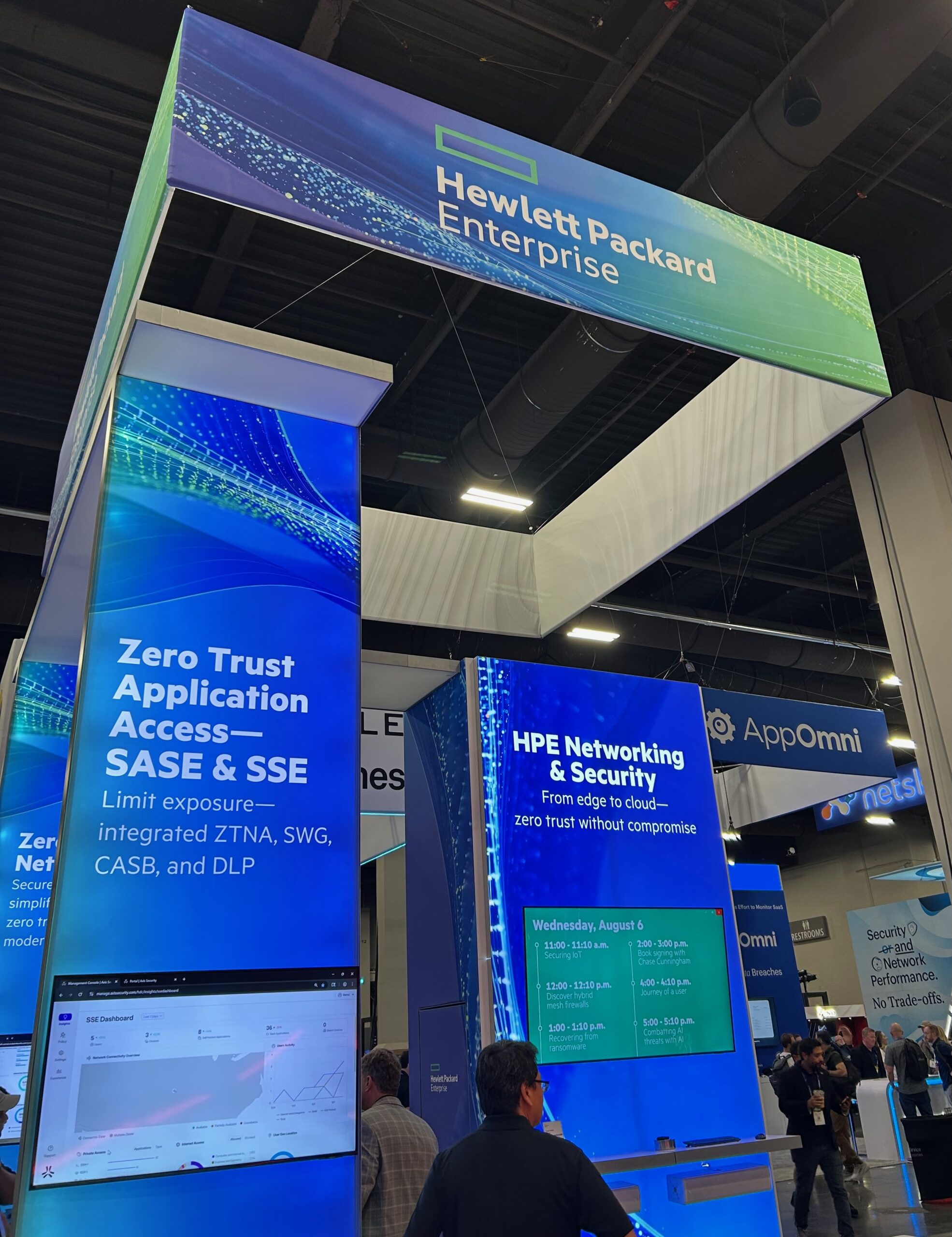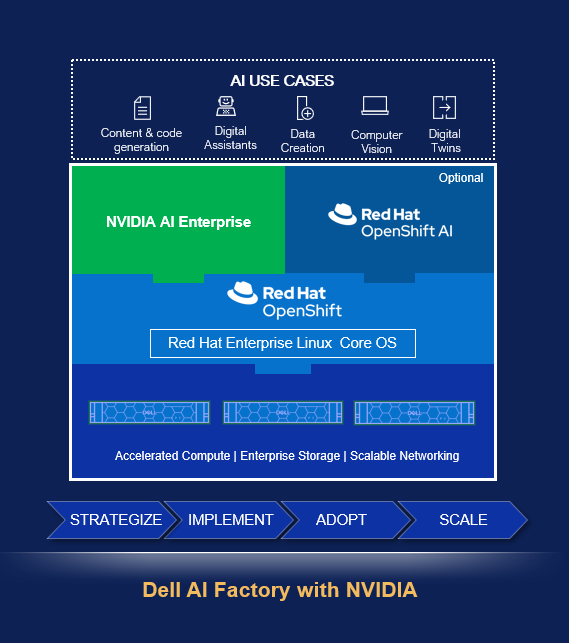Yesterday, HPE announced they’re building two massive supercomputers (the Discovery exascale machine and the Lux AI cluster) for Oak Ridge National Laboratory (ORNL). The announcement is a high profile validation of HPE’s strategy in High-Performance Computing (HPC), and the whole thing rides the rails of their custom network: HPE Slingshot.
Being the infrastructure guy that I am, my immediate thought went to the reasons why HPE chose their internally developed Slingshot technology. It’s not about creating a moat around supercomputing interconnects. It’s all about control. When you’re creating systems designed to break performance barriers and run the world’s most complex scientific models, you simply can’t let the network choke the performance. To hit ultimate exascale speed, HPE knows they have to own the entire stack, right down to the silicon.
In supercomputing, the processors do the heavy lifting, but the interconnect is what determines how fast the collective brain works.
Basic Ethernet is cheap and ubiquitous, but it just doesn’t have the muscle for tightly coupled HPC work. It introduces latency that is fatal to simulations requiring tens of thousands of processors to constantly talk to each other. Leveraging an out of the box ethernet solution would tank the whole simulation before it even started.
InfiniBand is a strong contender in this space, offering incredibly low latency. But it ties you to 3rd party development and uses its own protocol stack. That means you need pricey, complex gateways just to get your supercomputer to talk to the rest of the world (even your local storage arrays). HPE, having successfully delivered the world’s first exascale machine (Frontier) on Slingshot, learned that controlling the network yourself is the key to unlocking true performance.
Choosing Slingshot instead of buying competitor gear like InfiniBand is a strategic move centered on performance, predictability, and ownership.
Slingshot isn’t just fast, it’s Ethernet built for supercomputers. Because HPE developed their own custom Network Interface Cards (NICs) and switches, they get to tweak and perfect everything. This level of control is huge, and it comes down to two major wins:
- Adaptive Routing: These switches are smart cookies. They dynamically sense if a path is getting jammed up and instantly reroute the data packets to a clearer lane. That real-time, granular control is essential for maintaining consistent performance during crazy-complex AI or physics computing jobs.
- Simplified Stack: Since it’s basically super-fast Ethernet, everything is easier to manage, integrate, and debug compared to wrestling with a proprietary InfiniBand system.
For ORNL, needing both an intense simulation machine (Discovery) and a massive AI cluster (Lux), they need assurance that the network won’t fail or slow down. HPE can provide that guarantee because they designed and own the technology from the physical layer up. They’re guaranteeing performance, not just integrating components.
The takeaway is simple: when the stakes are exascale huge, the builder needs to have their hands on every single piece of the performance chain. Slingshot is HPE’s chosen instrument to guarantee performance and keep the network from ever being the bottleneck.
The ORNL announcement cements HPE’s position as an integrated HPC solutions leader. They aren’t just assembling parts; they are architecting a cohesive system where the network is a strategic, proprietary asset. This ability to deliver performance and predictability, guaranteed by their own silicon, is the definitive advantage Slingshot brings to the exascale race.





